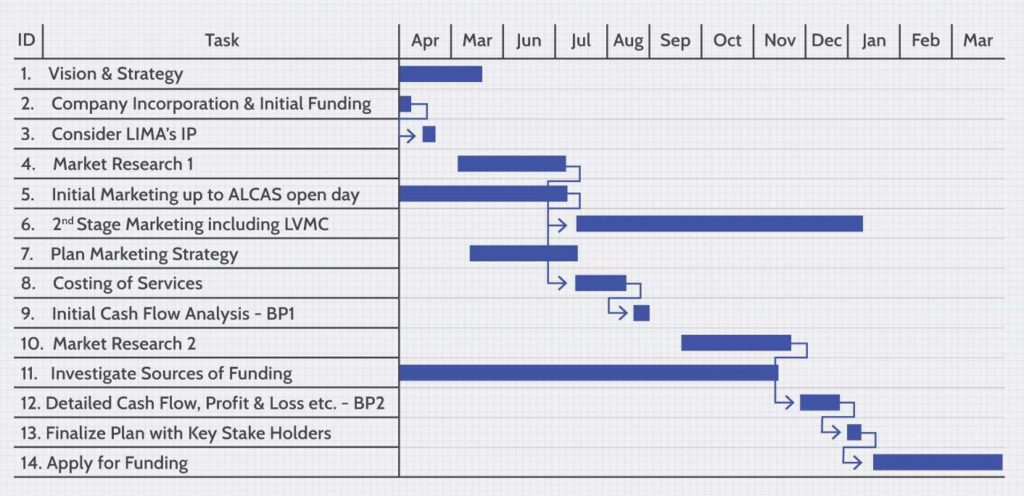In the realm of project management and contract negotiations, various types of agreements are employed to facilitate smooth collaborations between parties. One such agreement is the “Lump Sum Contract.” This article delves into the intricacies of lump sum contracts, shedding light on what they are, how they work, their advantages and disadvantages, and when they are most suitable.
What are Lump Sum Contracts
Defining Lump Sum Contracts
A lump sum contract, also known as a fixed-price contract, is an agreement where the contractor agrees to complete a project for a predetermined fixed amount.
This means that regardless of the actual costs incurred during project execution, the contractor is entitled to the agreed-upon lump sum.
Key Characteristics
Lump sum contracts are characterized by their clarity and predictability. The scope of work, deliverables, timelines, and costs are outlined explicitly, providing both parties with a clear understanding of their responsibilities.
Common Applications
Such contracts find applications in various industries, including construction, manufacturing, and software development. They are particularly favored when the project scope is well-defined and there’s minimal likelihood of significant changes during execution.
Advantages of Lump Sum Contract
Lump sum contracts, also known as fixed-price contracts, offer several advantages for both clients and contractors in various industries. Here are some of the key advantages of these types of contracts:
Cost Predictability:
One of the primary benefits of a lump sum contract is the cost predictability it offers. The agreed-upon lump sum price remains constant throughout the project, providing clients with a clear understanding of the total project cost upfront.
Lower Financial Risk for Clients:
Lump sum contracts shift a significant portion of the financial risk from the client to the contractor. This is because the contractor is responsible for managing any cost overruns or unforeseen expenses that might arise during the project.
Simplified Budgeting and Planning:
Clients can accurately budget for the project without worrying about unexpected cost fluctuations. This simplifies financial planning and allows for better allocation of resources.
Reduced Administrative Burden:
Lump sum contracts often involve fewer change orders and negotiations related to pricing changes, which leads to a reduced administrative burden for both parties.
Clear Scope of Work:
Lump sum contracts typically have a well-defined scope of work, which helps minimize misunderstandings and disputes related to project deliverables.
Streamlined Project Management:
Contractors have a strong incentive to complete the project within the agreed-upon budget and timeframe. This can lead to efficient project management and timely completion.
Risk Management:
Contractors assume a significant portion of the project’s risk, as they are responsible for managing unexpected costs and challenges that might arise during the project’s execution.
Encourages Cost Efficiency:
Contractors are motivated to optimize their processes and manage costs effectively to maximize their profit margin within the fixed lump sum price.
Attracts Competitive Bidding:
Lump sum contracts are often preferred by contractors because they provide a clear financial framework and allow for competitive bidding. This can result in clients receiving bids from a wider range of qualified contractors.
Saves Time and Effort:
Lump sum contracts typically involve fewer negotiations and changes to the contract terms, which saves time and effort for both clients and contractors.
Minimized Scope Creep:
With a well-defined scope of work, clients are less likely to request frequent changes or additions to the project, reducing the chances of scope creep.
Easier Contract Management:
The fixed nature of lump sum contracts simplifies contract management since there are fewer ongoing negotiations about pricing and change orders.
Clear Performance Metrics:
The success of a lump sum contract can be easily measured against the agreed-upon budget and timeline, providing a straightforward evaluation of project performance.
Easier Client Approval Processes:
Lump sum contracts often require fewer layers of approval compared to contracts with frequent pricing changes, which can expedite project initiation.
Suitable for Well-Defined Projects:
Lump sum contracts work best when the project’s scope, requirements, and specifications are well-defined and unlikely to change significantly during the project.
Reduced Client Involvement:
Clients can have a more hands-off approach to project management since contractors are responsible for most aspects of execution and cost management.
Disadvantages of Lump Sum Contract
Lump sum contracts, while offering certain advantages, also come with several disadvantages that should be considered before entering into such agreements. Here are some of the key disadvantages are:
Limited Flexibility:
Lump sum contracts typically have a fixed scope of work and price, which can limit the ability to make changes or adjustments to the project as it progresses.
Risk of Underestimation:
If the contractor underestimates the project’s costs during the bidding process, they might face financial difficulties or cut corners to stay within the agreed-upon lump sum price.
Risk of Overpricing:
Contractors might include a margin of safety in their bids to account for potential cost overruns, leading to higher prices for the client than would have been necessary.
Scope Change Challenges:
If there are changes or additions to the project scope, it can be challenging to negotiate pricing adjustments within the fixed lump sum contract framework.
Potential Quality Compromises:
In an effort to maintain profitability within the fixed price, contractors might cut corners or compromise on quality to save costs.
Disputes Over Scope Interpretation:
Disagreements between clients and contractors regarding the interpretation of the scope of work can lead to disputes and delays.
Client’s Reduced Involvement:
While reduced involvement can be an advantage, it can also lead to less client oversight, potentially resulting in a mismatch between the final deliverables and the client’s expectations.
Adverse Selection of Contractors:
Contractors willing to take on lump sum contracts might not necessarily be the most skilled or experienced, leading to potential quality issues.
Lack of Incentive for Cost Savings:
Contractors might not have a strong incentive to find cost-saving opportunities since they are bound by the fixed lump sum price.
Higher Initial Cost for Clients:
The lump sum price often includes a contingency to account for unforeseen risks, which can result in a higher initial cost compared to other contract types.
Complexity in Pricing Variations:
If the project has multiple phases or distinct components, negotiating lump sum prices for each phase or component can be complex.
Lump sum contracts offer several advantages. Firstly, they provide clients with cost certainty, as they know the exact amount they will pay. Secondly, they incentivize contractors to complete projects efficiently, as any cost savings can result in higher profit margins. Moreover, the fixed nature of the contract simplifies budgeting and financial planning for both parties.
Negotiating and Structuring a Lump Sum Contract
- Detailed Project Specifications
To ensure a successful lump sum contract, detailed project specifications are essential. The scope of work should be explicitly defined, leaving no room for ambiguity.
- Clear Deliverables and Milestones
Clear and measurable deliverables, along with well-defined milestones, provide a roadmap for project progress. These markers help both parties track project advancement and ensure compliance.
- Payment Schedule
A structured payment schedule is a cornerstone of lump sum contracts. Payments are often tied to the completion of specific project milestones, incentivizing timely and satisfactory completion.
Lump sum contracts provide a valuable approach to project collaboration, offering predictability in costs and outcomes. While they come with their own set of challenges, the strategic application of these contracts, coupled with effective communication and risk management, can lead to successful project execution.


